From the 1990s to the present, we have witnessed the transformation of shopping malls from department stores to integrated stores, and now there are a large number of experiential malls with different characteristics, and shopping malls are constantly transforming to keep pace with the times, and competition has become more intense.
Almost every mall is now talking about "experience", and everyone wants to build a different offline space through the layout of experiential businesses, so as to attract consumers back to offline with the missing experience of online consumption.
How to lay out the experiential business to attract consumers? How to find the most suitable experience innovation from the diversified needs of consumers? We have seen some answers from the trend of shopping center development.
1. From department stores to experiential business
1) Department store era
In the 90's, the material world was not as developed as it is now, and the department stores in the city center were a desirable place, where there were many goods we had never seen before. At that time, the state-run department stores were most concerned with the practicality of the products, trying to meet all the needs of everyone in life, and the more varieties, the more they were loved by consumers.
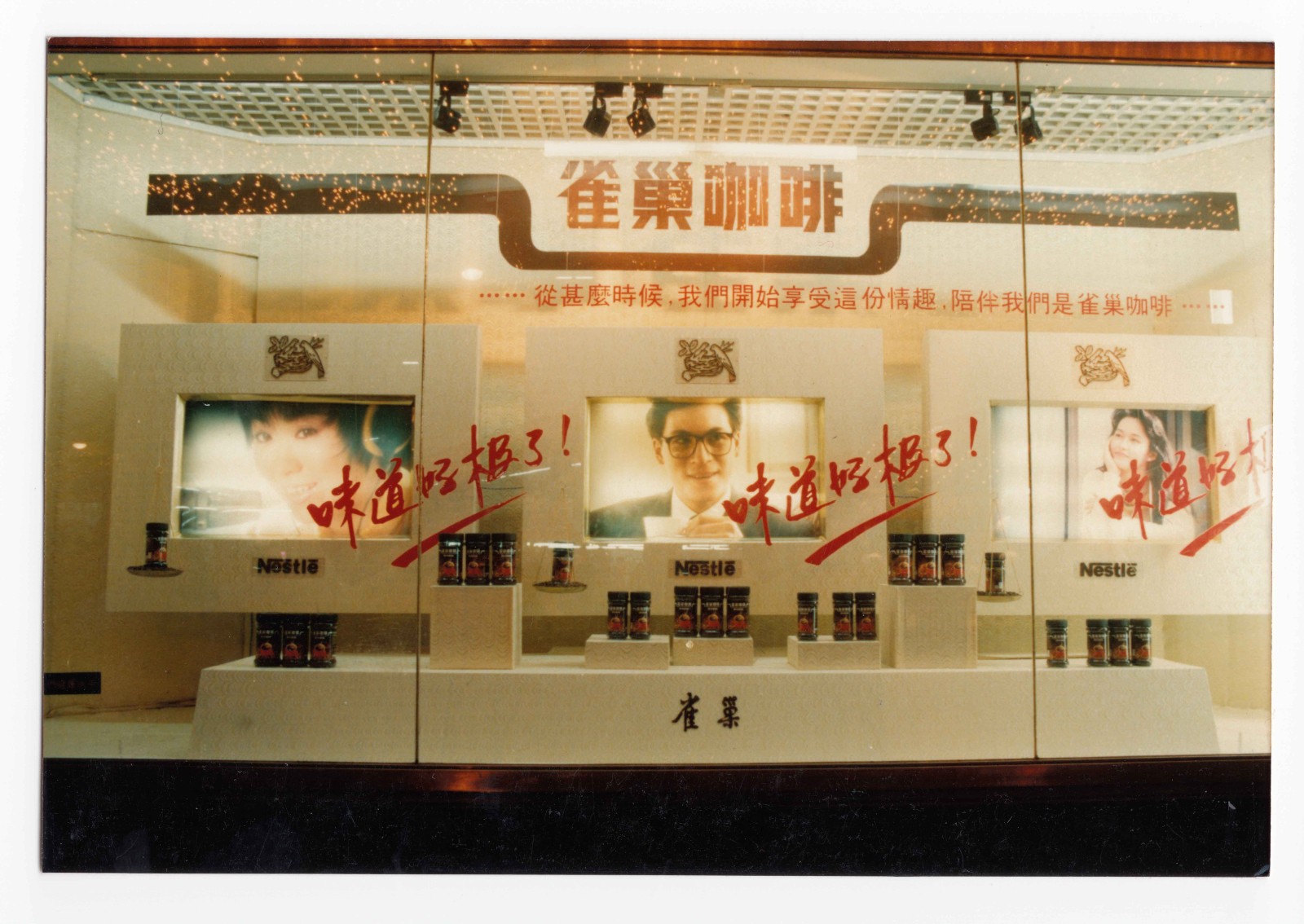
In the late 1990s, foreign department stores with new business concepts entered the domestic market, and the abundance of brands and open-shelf shopping experience was an eye-opener, gradually changing the way we shop in the mall.
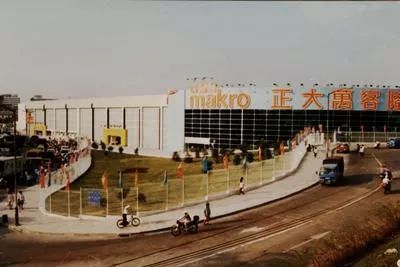
2) Multi-store era
From 2000 to 2010, a large number of new shopping centers were launched, which integrated department stores, supermarkets, cinemas, children's playgrounds, restaurants, etc. These shopping centers were able to meet our multiple shopping needs at one time and became a good place to relax on weekends. We have gradually formed the leisure habit of watching a movie on the top floor, going downstairs for a meal, and then going to the supermarket for a purchase.
Under the influence of the mixed format, the traditional department store retail is becoming less attractive to the public, and more popular formats such as food and beverage, leisure and entertainment are being introduced to the mall.
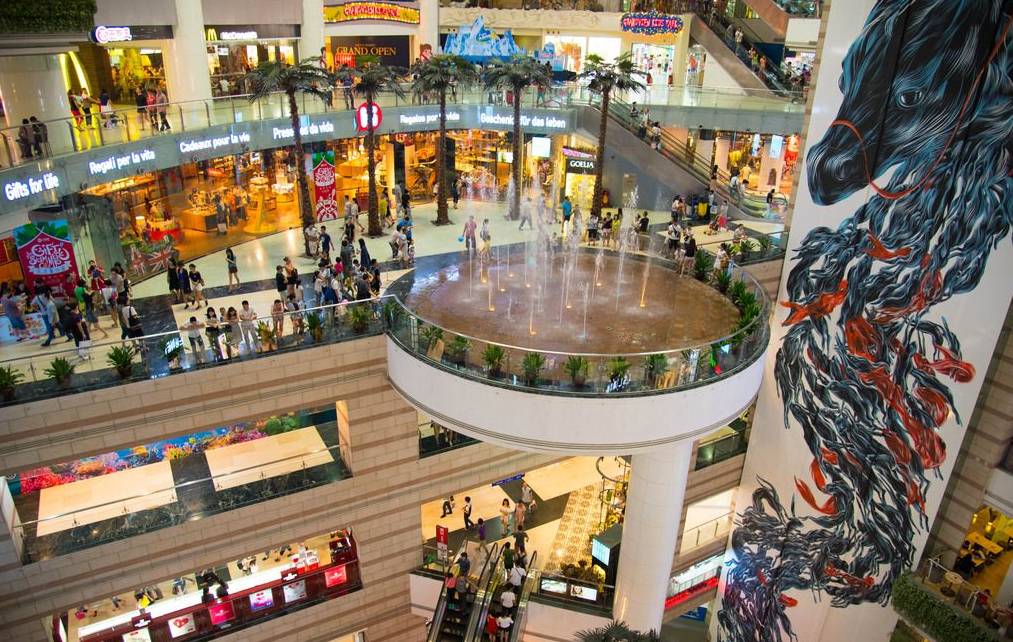
3) Experience Era
With diversified consumption demands, shopping malls are beginning to pay attention to consumers' needs in the spiritual sense. Malls are creating social topics through the integration of technology and consumption scenes, introducing black technologies such as VR/AR, creating themed blocks, creating new scenes of social-based offline consumption, and holding regular themed experiential activities to attract young consumers.
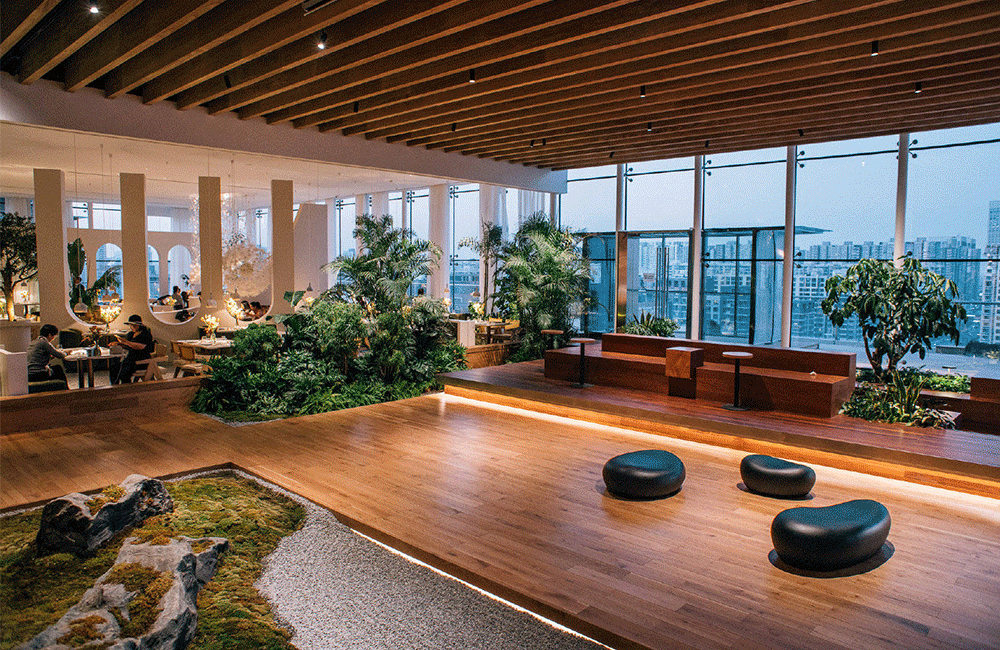
The "experiential business" sought after by shopping centers today is a form of retail-based business combination that is different from traditional business, focusing on consumer participation, experience and feeling, and requiring higher space and environment. We have outlined the characteristics of experiential commerce in the following five dimensions.
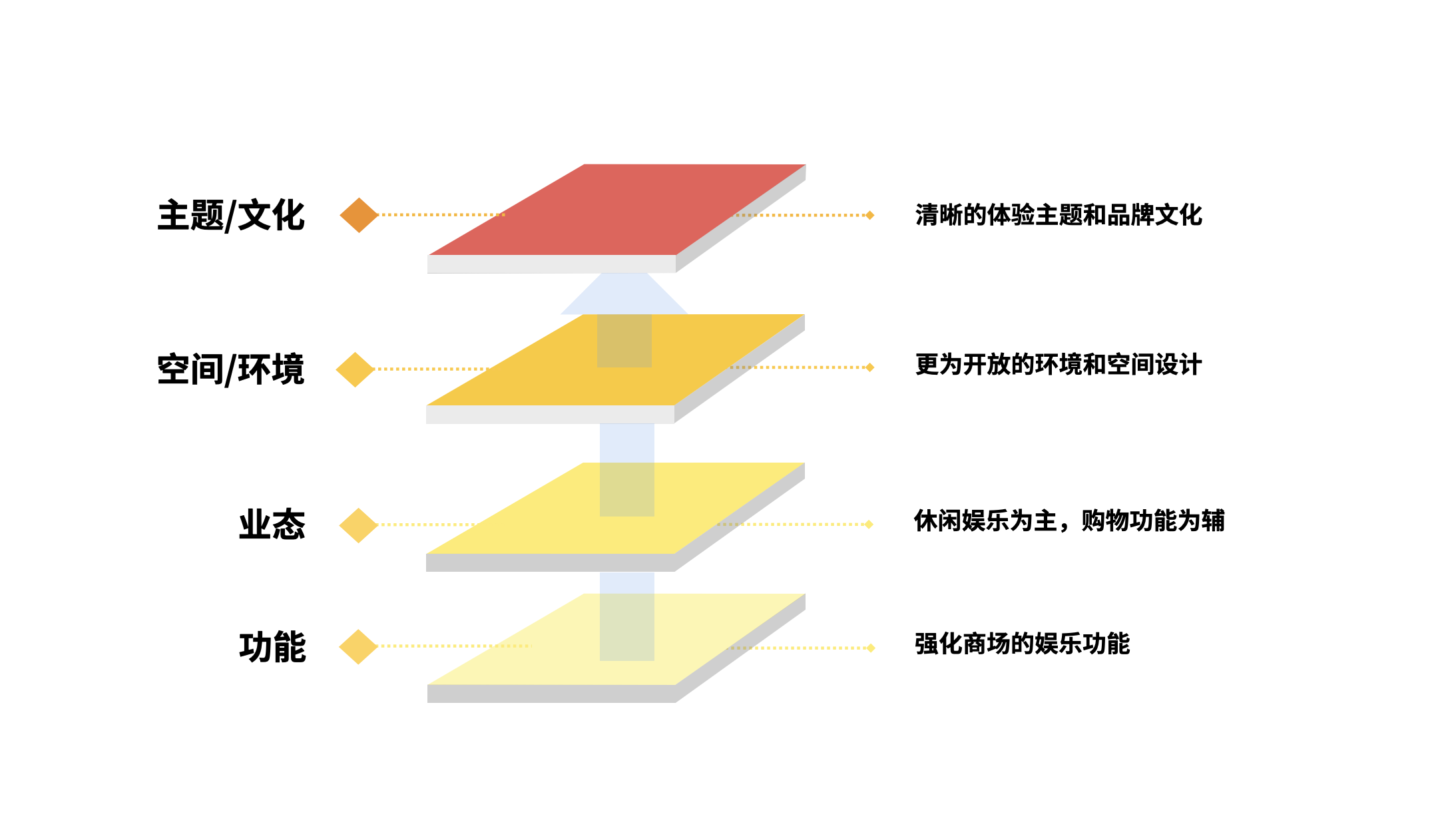
1. Function.
The introduction of "Black Technology", the addition of interactive games or touch devices to strengthen the entertainment function of the mall.
2. Format.
In the ratio of business, mainly leisure and entertainment, supplemented by the shopping function, and the introduction of new brands or brand new business, the main focus of the national/regional first store experience uniqueness.
3. Space.
Adopt a more open environment and space design, and focus on developing the entertainment, interactivity and scenario of public space to create a unique experience in the five senses.
4. Culture.
With a clear experience theme and brand culture, the mall acts as a content platform for culture, producing its own IP culture as well as integrating and linking other brand content.
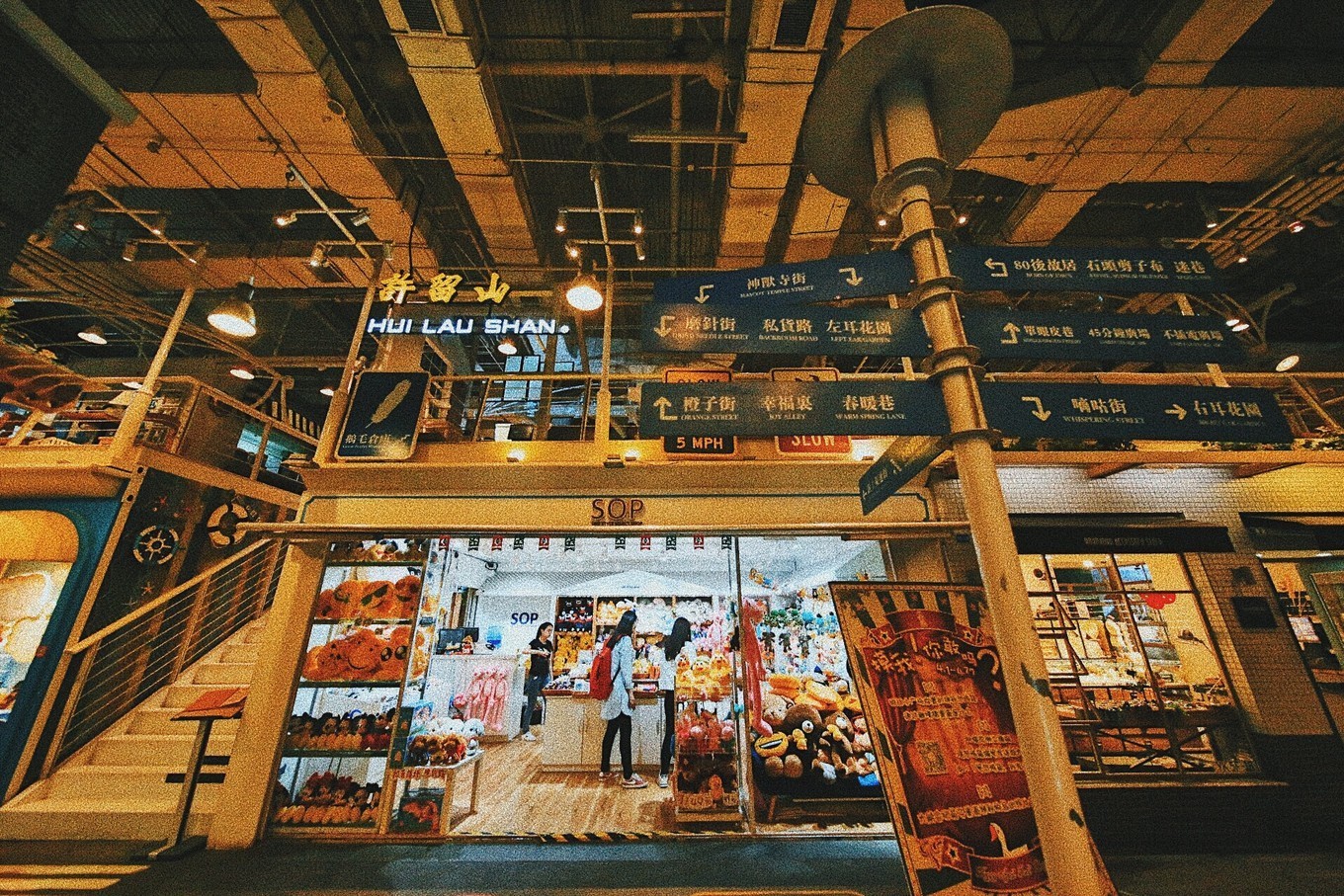
In the past 10 years, shopping malls have experienced 1.0 version of theme spaces, 2.0 version of theme blocks, and then 3.0 version of immersive theme malls, expanding the space but targeting a more segmented group of consumers and scenes.
In order to enhance the advantages of differentiation, the mall will also integrate multiple theme blocks to form a supporting theme-based life scene, and eventually form an overall immersive offline experience scene.
2、Three trends of space experience: social, natural, branding
Trend 1: Socialization becomes the main scene of offline space
The trend of socialization of consumption has become more and more obvious in recent years, and shopping has become a by-product of social life. Consumers need to communicate with each other and participate in social activities, and at this point the shopping center is no longer a shopping platform, but more of a social platform. The pursuit of "shopping" as a social act and the need for leisure and entertainment are further driving the rapid rebound in offline consumption.
While online shopping continues to grow, offline brick-and-mortar stores are also improving themselves. While consumers are keen on the convenience of online shopping, they are also looking forward to a seamless experience in offline shopping malls with integrated social formats such as dining, shopping, leisure and entertainment. Online and offline consumption are no longer two opposing sides, but are moving toward balance and integration.
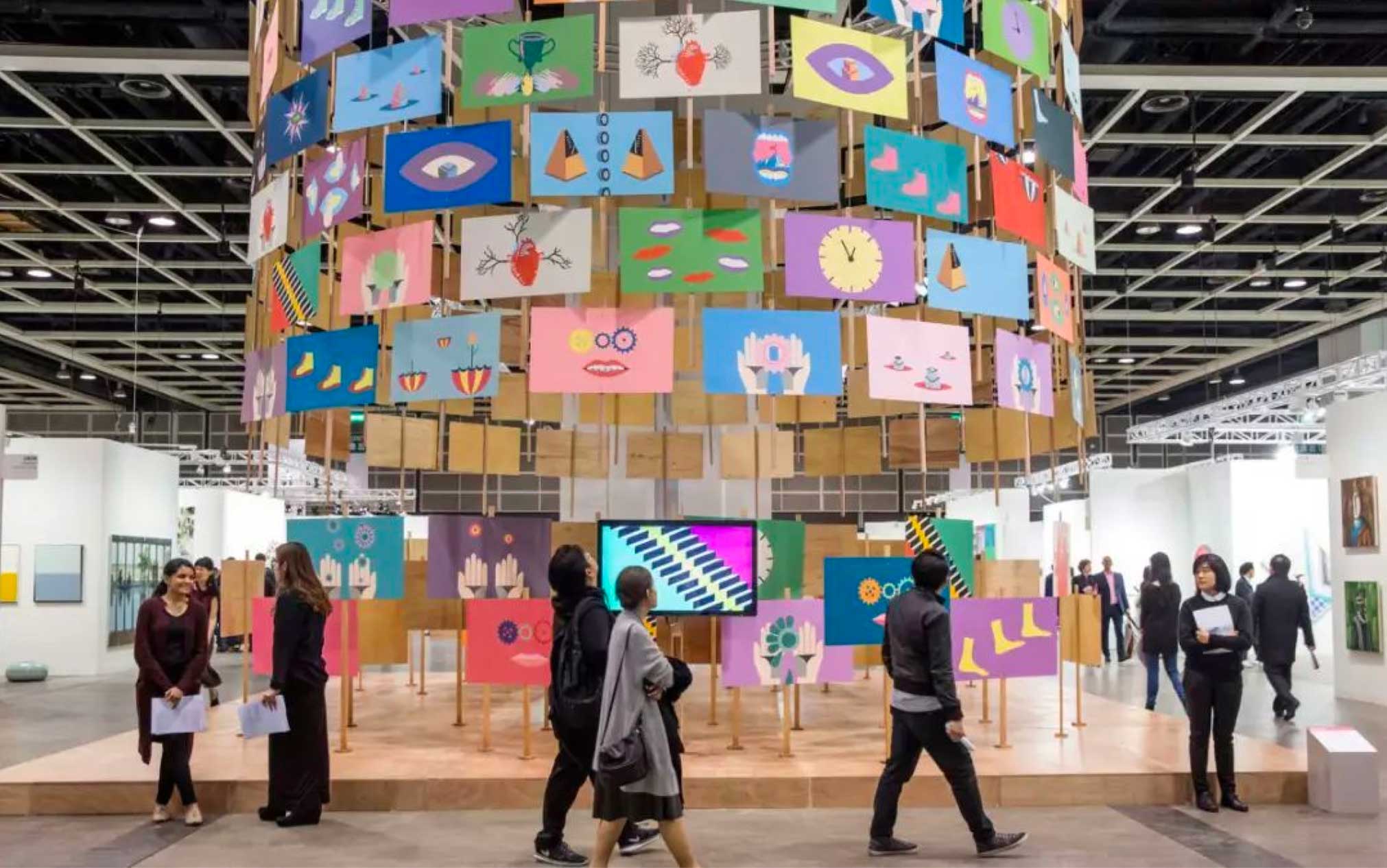
On the other hand, marking and sharing based on mall space and shopping experience has become an important social way in the lives of contemporary young people. The emergence of various social applications has greatly facilitated the gathering and sharing of people in their respective circles of interest, and these circles have a significant influence on consumers' decisions.
Thematic spaces often start with visually impactful colors or structures to fully activate the curiosity of the viewer and capture attention with a sense of freshness. Thematic scenes and the cultural contents carried by them, but also from the emotional point of view to awaken people's pleasant emotions, bring more intense feelings.
When self-emotion, scene and space are related, the attributes of the mall have been extended from a spatial environment to a social currency, and through consumers' online sharing, it can create an exclusive social presence and sense of belonging for people in a specific circle, and then potential consumers are attracted to go offline to mark.
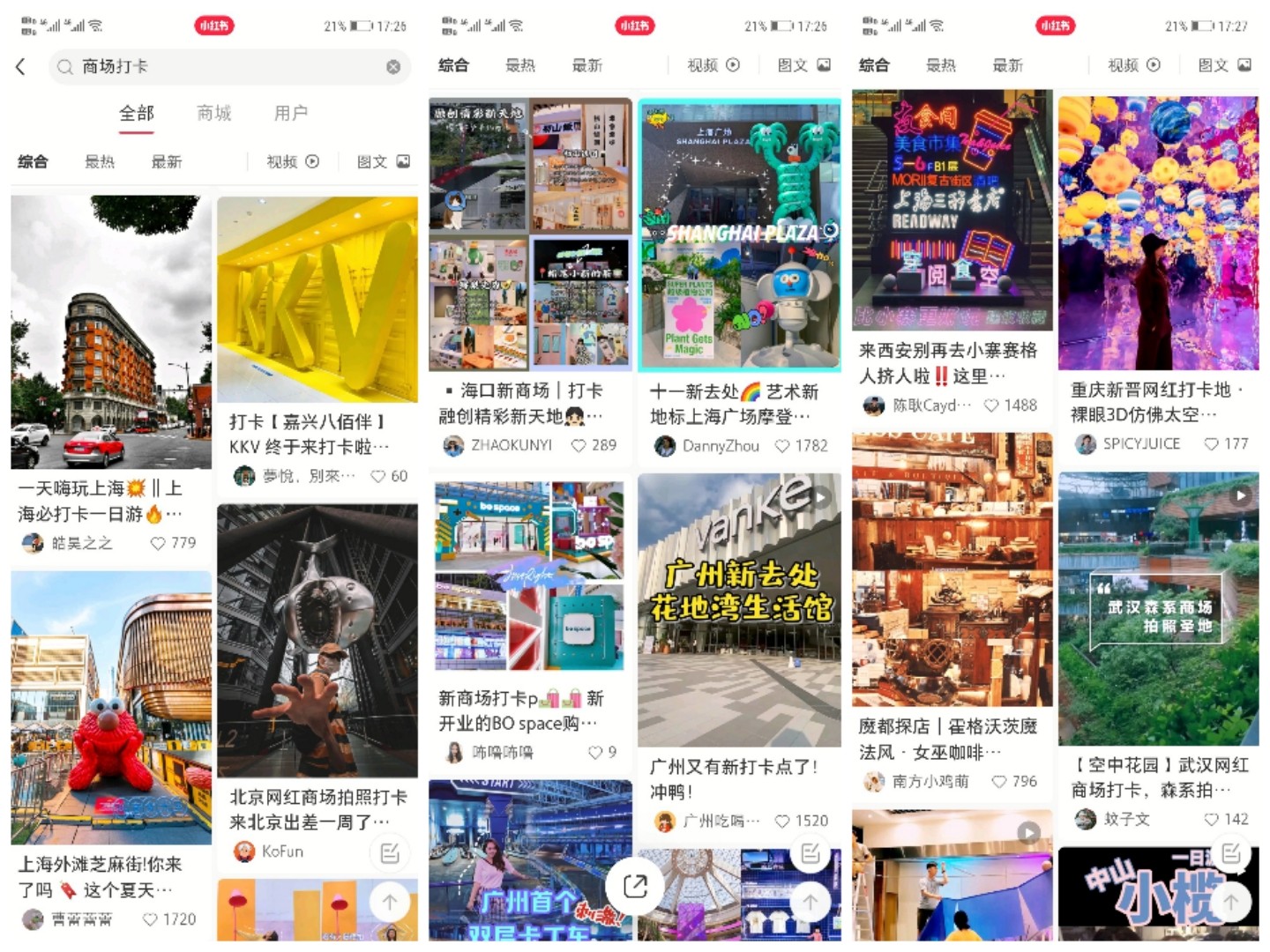
Trend 2: Pursuing the integration of space and nature
Faced with the pressure, congestion and pollution in urban life, more consumers are consciously choosing healthier environments and products. Especially the fast-paced consumers in first-tier cities are more eager for flexible space, open outdoor environment and large ecological greenery.
Upperhills is located between two mountain parks in Shenzhen, with Penjia Mountain and Lianhua Mountain on the east and west sides respectively, and the central park on the southeast. In order to make rational use of the advantages of this natural environment, the mall has erected a pedestrian landscape bridge to each of the east and west directions, extending into each of the two parks, eliminating the boundary between the natural environment and commerce.
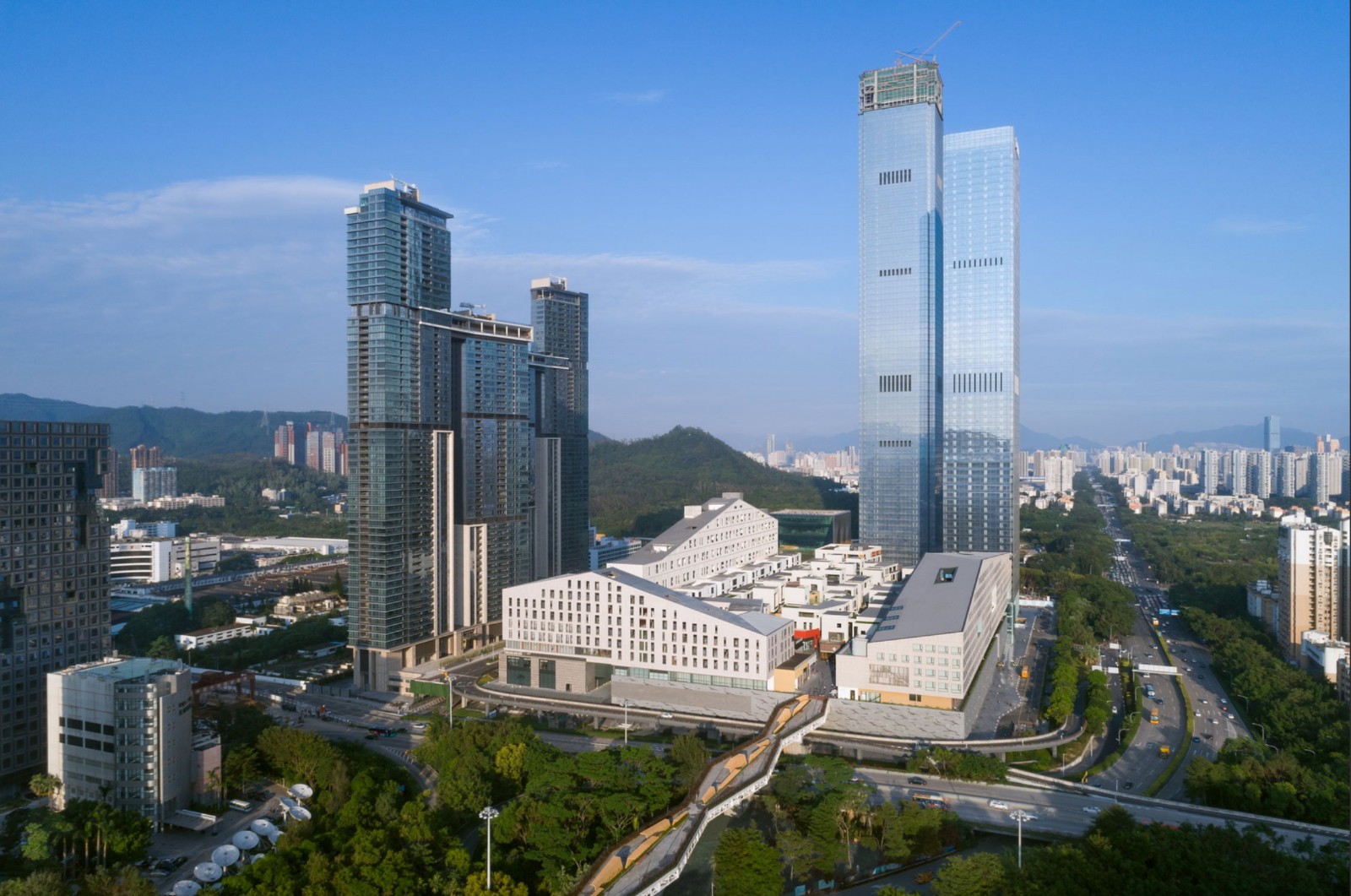
People coming from the parks at both ends can directly enter the open Loft town on the third floor of the mall. The town has a total construction area of about 100,000 square meters and consists of a dozen Loft single buildings, with stores, restaurants, theaters and galleries forming a commercial town on the ground floor, and cultural and creative industries as well as residential spaces on the second and third floors. The top floor of the mall restores a town street space with staggered heights and rich spatial variations.
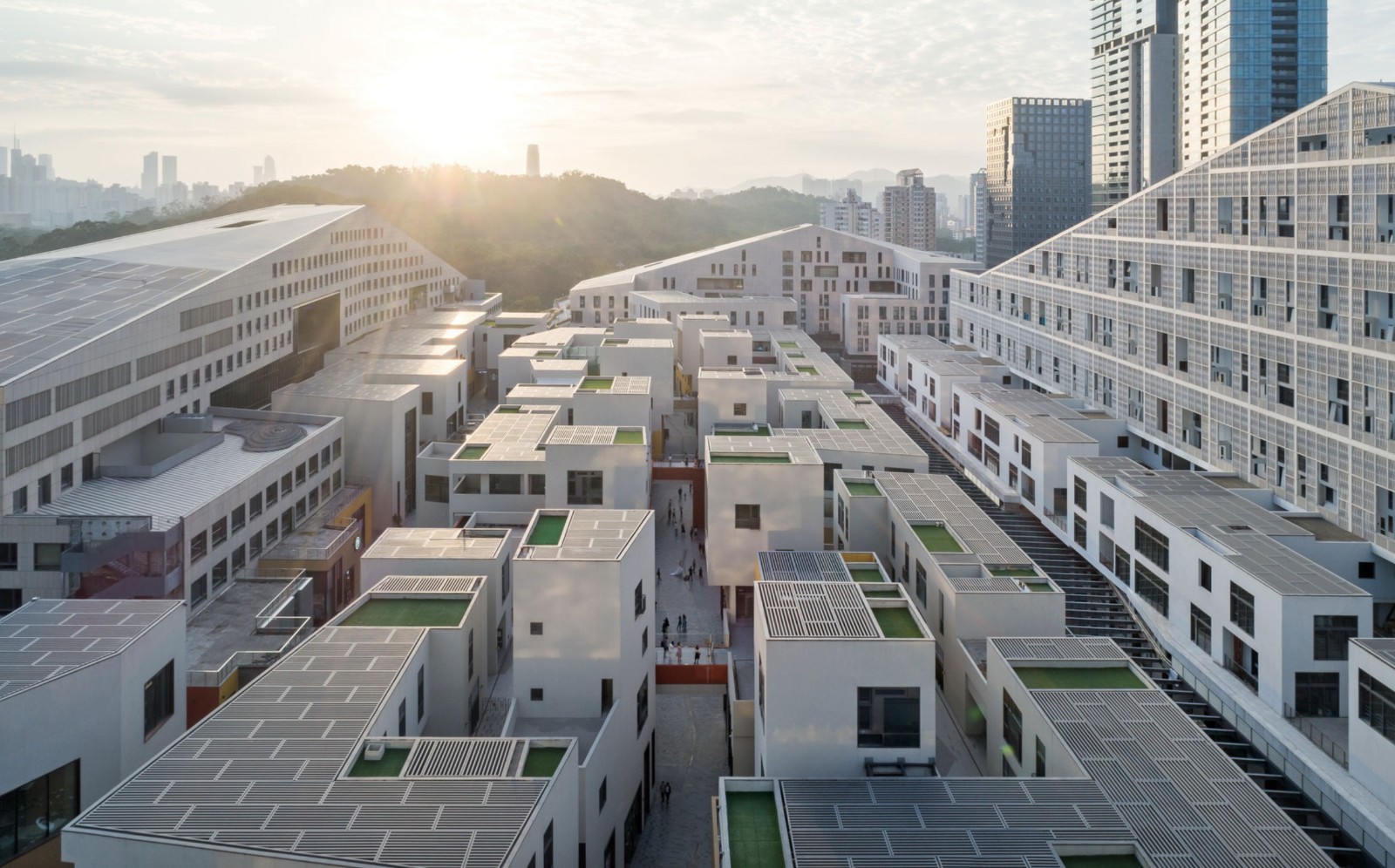
The design of the town's buildings is very simple geometry, angular, clean, no superfluous decoration. The color scheme uses a large area of warm color walls and off-white buildings, forming a strong visual impact, which is ideal for taking pictures of blockbusters and has become an internet-famous site that can take the perfect Wechat Moments snap.
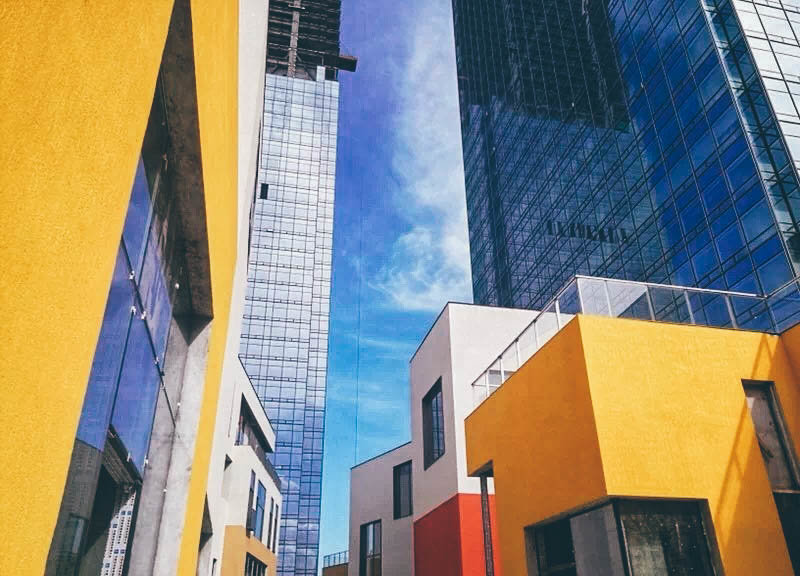
The creation of the rooftop space of Upperhills breaks through the sense of closure and dullness of a large indoor box shopping center, coupled with the connection of urban parks at both ends, is a successful exploration of the combination of natural environment and neighborhood business, and a new attempt of shopping centers in terms of space experience.
Trend 3: Cultural consumption drives space branding
Super Wenheyou in Changsha is a 20,000-square-meter "city museum" that focuses on immersive experiences and restores the old streets of Changsha in the memories of the post-80s with the fineness of each brick and tile.During the Golden Week of November this year, it set a record of "40,000 queues and 20,000 people waiting for seats".
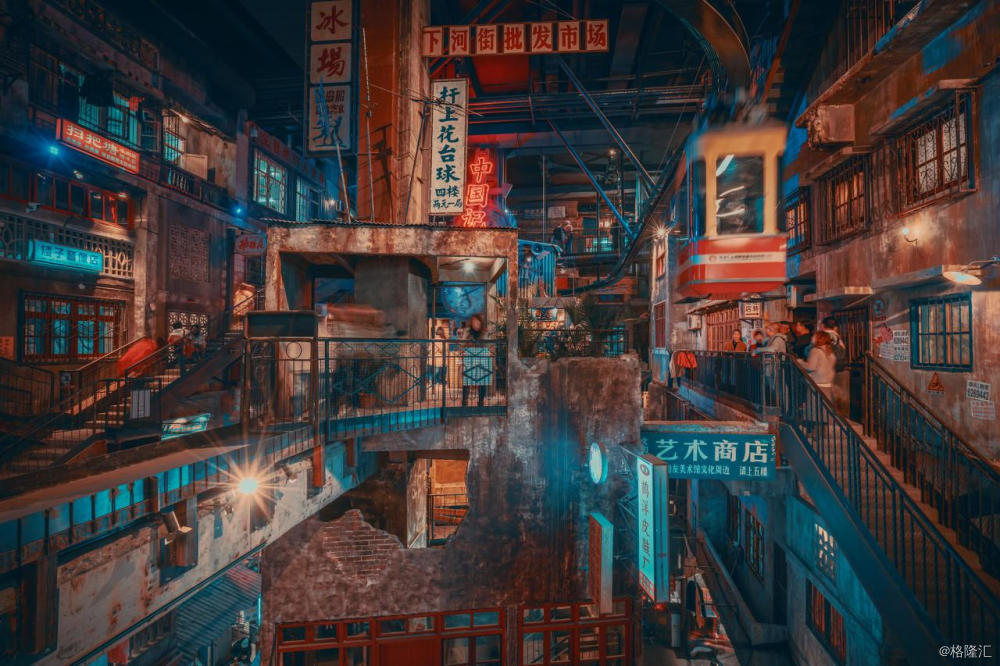
With the development of the city and the rise of high-rise buildings, many of the city's urban culture has faded away, and they can only exist in the memories of contemporary people. When Wenheyou restore this scene, a scene, a thing, all kinds of snacks and food, instantly let people see the same as before, awakening the memory of that time in the brain, triggering subconscious emotional resonance.
Contemporary people's love of cultural consumption, the most important thing is the emotional resonance and scarcity, readily available, readily available culture but can not cause consumption impulse.
The reason why the 80's market culture is so popular among consumers is the same logic as the explosion of Li Ziqi on Weibo, which reflects the embarrassing situation of urban people in the process of urbanization: the inescapable city, the inaccessible hometown, the yearning for childhood, and the helplessness to reality.

Starting from a nostalgic mentality, Wenheyou gains traffic by exporting folk culture content, and then derives various cultural and creative products and sub-brands around the hot Wenheyou brand culture, such as Wenheyou Online Mall, Wenheyou Sausage, Wenheyou Deep Fried Society, Wenheyou Stinky Tofu, etc., forming a whole industrial chain operation structure.
This space branding strategy based on cultural consumption creates a new model for restaurant industrialization, cultural industrialization and commercial complex operation, and even provides new ideas for whole-area tourism and city branding.
3、Where to go next for commercial space experience?
Regardless of the changing consumer environment, the core that can most attract and capture online and offline consumers is still ⸺focusing on the whole life cycle of users and creating a seamless full-scene experience.
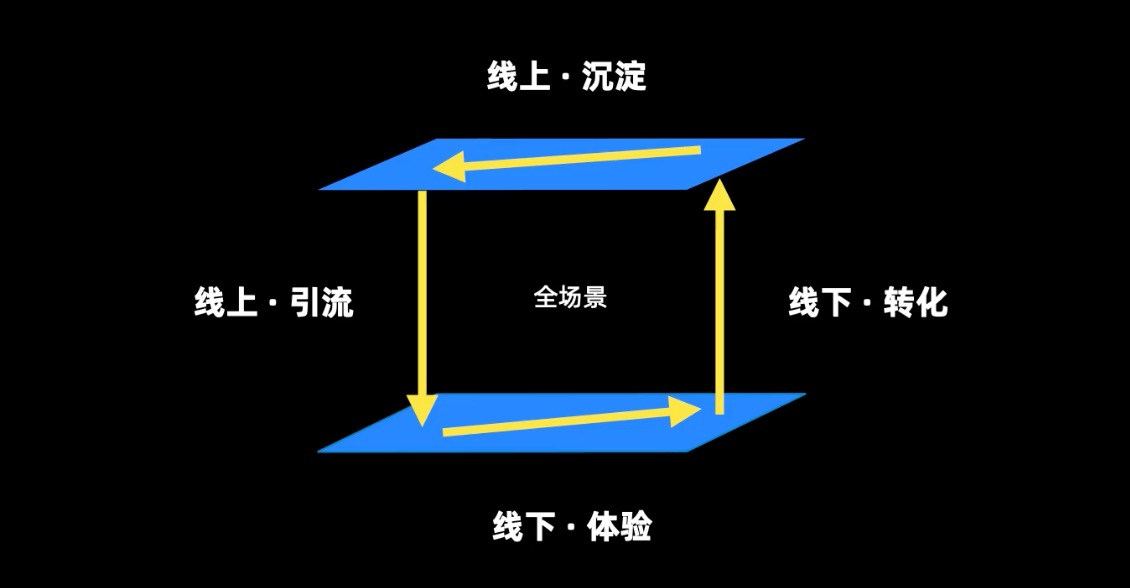
Shopping centers are offline consumption places that do not have a high frequency of consumption in themselves. Therefore, it needs more channels that can break through space and time constraints, as well as cultural content that can attract consumers to go offline to attract traffic.
One of the directions is to build online own content platform based on brand culture. As an online channel, the platform can not only complement consumers' needs for information, membership and other services after the offline shopping period, but also create a channel for them to share their consumption experience and create a social circle.
The social content can bring together like-minded people to share consumption experience and plant grass with each other, which can reach potential consumers earlier and greatly awaken their shopping desire, gradually precipitate the formation of the brand's own cultural atmosphere, and use attractive experience content to guide consumers to go offline and achieve offline diversion.
In the era of experience, offline IP exhibitions and theme blocks that are superficial cannot systematically present brand culture, and are easily copied and imitated quickly. Only truly high-quality original content and constantly innovative cultural experiences can become scarce resources and differentiated values.
To become a producer and seller of segmented content and to create its own "super IP" culture is the ultimate goal of transforming the space into a content producer and seller.
In addition, offline scenes can be reasonably embedded in the entrance of the online platform, transforming the original offline traffic, introducing it into the platform or membership system, providing personalized and customized services or experiences, as well as 7X24 customer service, establishing a more permanent relationship between the brand and consumers, and allowing consumers to participate in the follow-up business interaction for a long time.
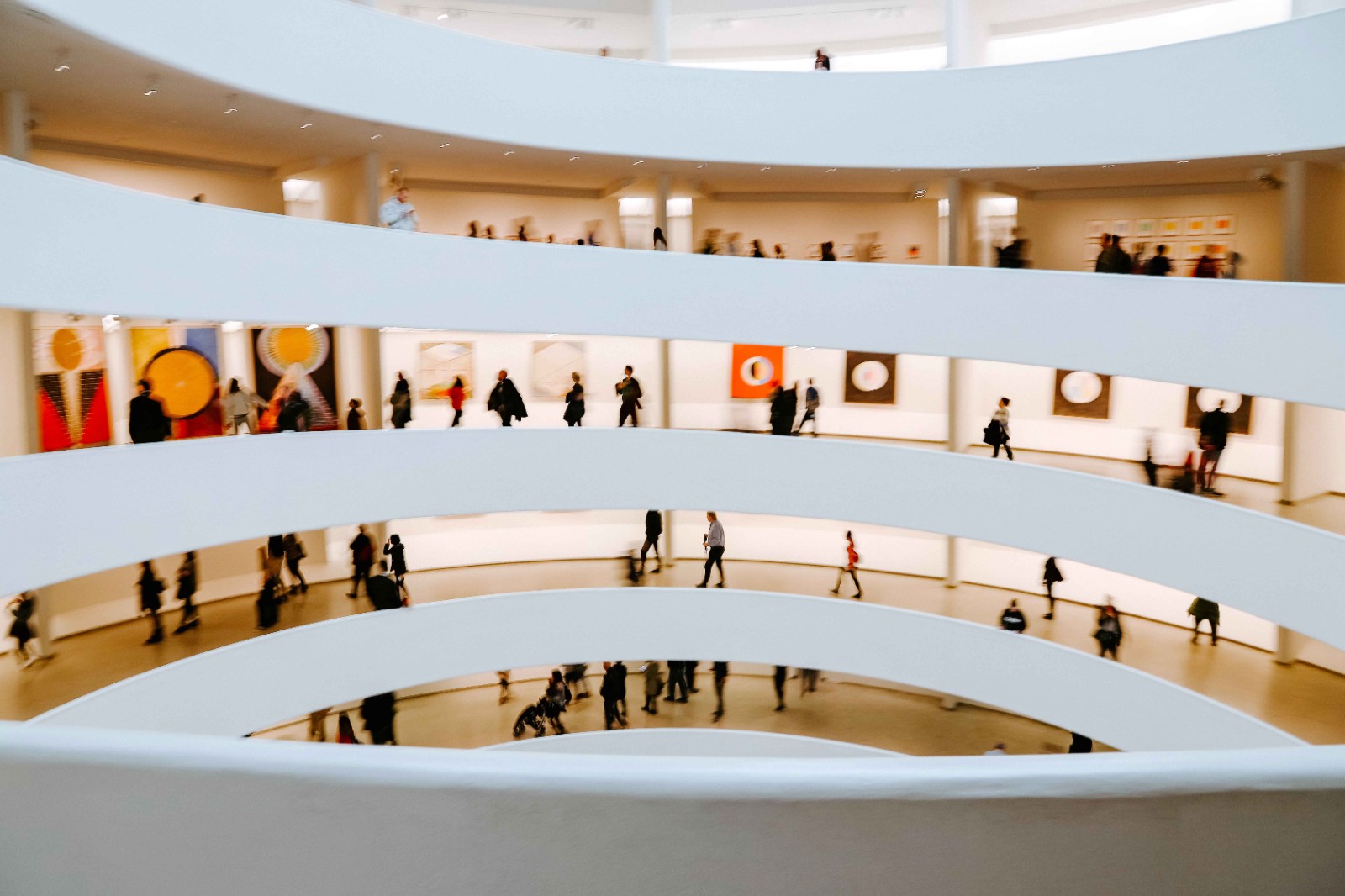
Summary
Shopping centers are undergoing a role change from shopping to social entertainment and are facing more tests from user experience. With the change of high technology, shopping malls need to pay more attention to the subtle needs of consumers, more meticulous and considerate services, and present the three-dimensional enjoyment of the senses from multiple angles to bring consumers an immersive and pleasant feeling.
Business is life. A spatial experience that is integrated into life and infused with emotion and culture can move people's hearts. Innovative experience is not only the responsibility of the developer or a brand, but also the mutual cooperation among brands, formats and scenes in the mall.
